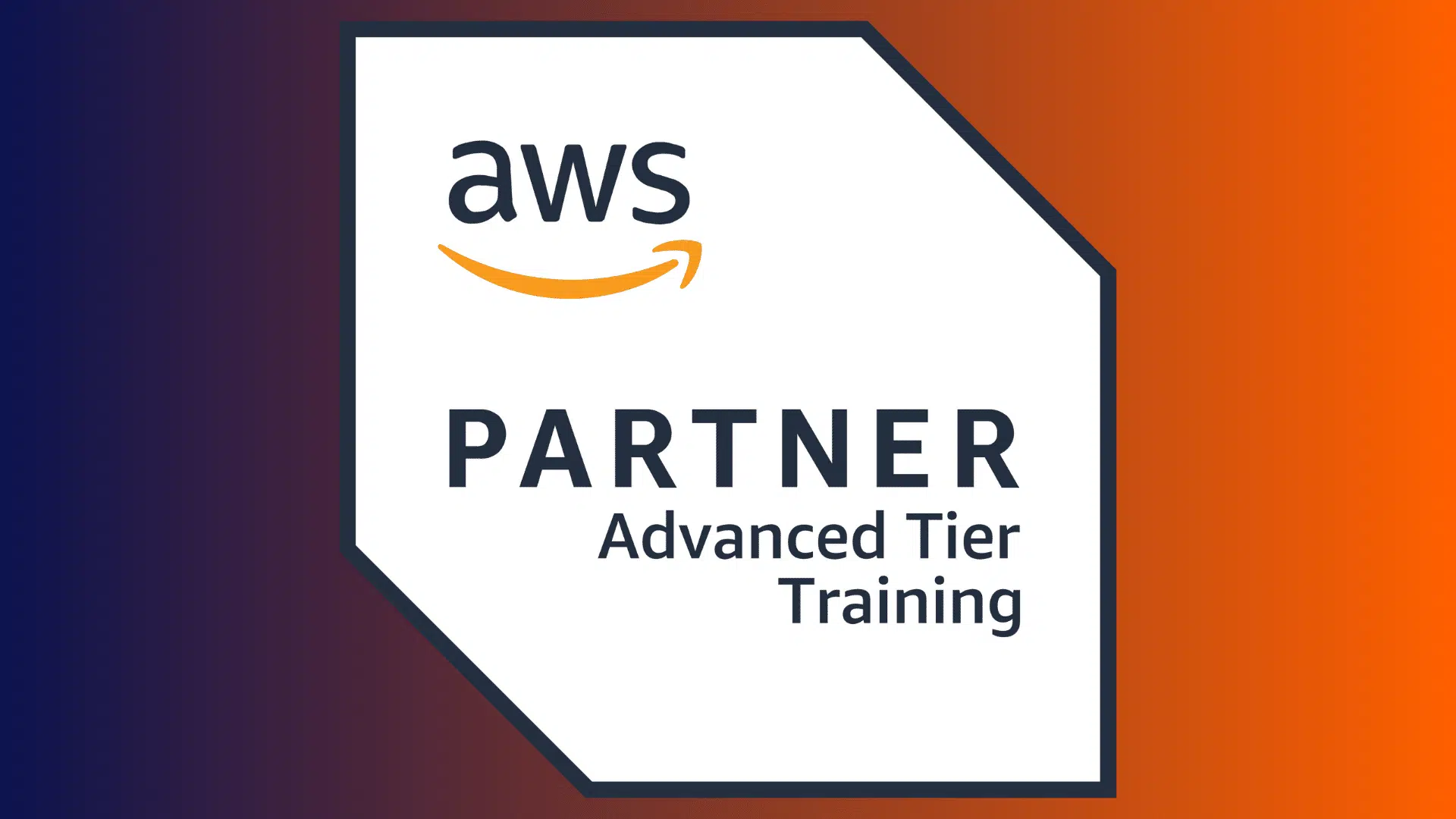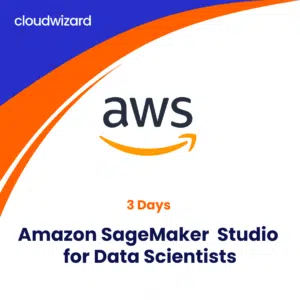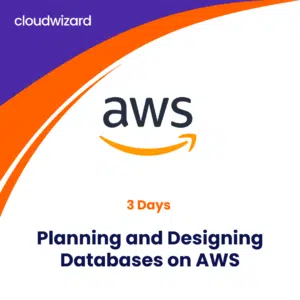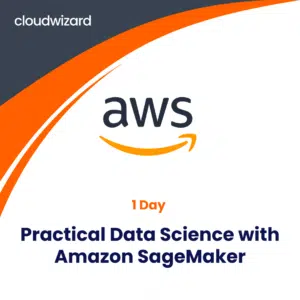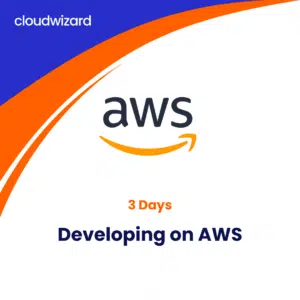Advanced Developing on AWS
You will also learn to apply twelve-factor application manifesto concepts and steps while migrating from a monolithic architecture, along with using the AWS API, CLI and SDKs to monitor and manage AWS services
The course is recommended for experienced software developers who are already familiar with various AWS services. You will need at least one high-level programming language and working knowledge of core AWS services and public cloud implementations. We also recommend that you should have completed the Developing on AWS classroom course and have a minimum of six months experience in applying these concepts in real life
In this course, you will:
- Analyze a monolithic application architecture to determine logical or programmatic break points where the application can be broken up across different AWS services
- Apply Twelve-Factor Application manifesto concepts and steps while migrating from a monolithic architecture
- Recommend the appropriate AWS services to develop a microservices based cloud-native application
- Use the AWS API, CLI, and SDKs to monitor and manage AWS services
- Migrate a monolithic application to a microservices application using the 6 Rs of migration
- Explain the SysOps and DevOps interdependencies necessary to deploy a microservices application in AWS
- Experienced software developer that are accustomed to using AWS services
We recommend that attendees of this course have:
- In-depth knowledge of at least one high-level programming language
- Working knowledge of core AWS services and public cloud implementation
- Completion of the Developing on AWS classroom training, and then a minimum of 6 months of application of those concepts in a real world environment
Module 1: The Cloud Journey
- Common off-cloud architecture
- Introduction to Cloud Air
- Monolithic architecture
- Migration to the cloud
- Guardrails
- The six R’s of migration
- The Twelve-Factor Application Methodology
- Architectural styles and patterns
- Overview of AWS Services
- Interfacing with AWS Services
- Authentication
- Infrastructure as code and Elastic Beanstalk
- Demonstration: Walk through creating base infrastructure with AWS CloudFormation in the AWS console
- Hands-on lab 1: Deploy your monolith application using AWS Elastic Beanstalk
Module 2: Gaining Agility
- DevOps
- CI/CD
- Application configuration
- Secrets management
- CI/CD Services in AWS
- Demonstration: Demo AWS Secrets Manager
Module 5: Monolith to Microservices
- Microservices
- Serverless
- A look at Cloud Air
- Microservices using Lambda and API Gateway
- SAM
- Strangling the Monolith
- Hands-on lab: Using AWS Lambda to develop microservices.
Module 6: Polyglot Persistence & Distributed Complexity
- Polyglot persistence
- DynamoDB best practices
- Distributed complexity
- Step functions
Module 5: Resilience and Scale
- Decentralized data stores
- Amazon SQS
- Amazon SNS
- Amazon Kinesis Streams
- AWS IoT Message Broker
- Serverless event bus
- Event sourcing and CQRS
- Designing for resilience in the cloud
- Hands-on lab: Exploring the AWS messaging options.
Module 6: Security and Observability
- Serverless Compute with AWS Lambda
- Authentication with Amazon Cognito
- Debugging and traceability
- Hands-on lab: Developing microservices on AWS.
- Hands-on lab 8: Automating deployments with Cloud Formation
Why choose Cloud Wizard
- Advanced Tier Training Partner
- Amazon Authorised Instructors
- Official AWS Content
- Hands-on Labs
Class Deliverables
- E-Content kit by AWS
- Hands-on labs
- Class completion certificates
- Exam Prep sessions
Dates Available
Choose a date that works for you and click on Book Now to proceed with your registration.
| Method | Duration | Start Time | Start date | Price | Action |
|---|---|---|---|---|---|
| Classroom | 3 days | All Day | May 15, 2024 | ₹45,000 | |
| Classroom | 3 days | All Day | May 29, 2024 | ₹45,000 | |
| Classroom | 3 days | All Day | June 11, 2024 | ₹45,000 | |
| Classroom | 3 days | All Day | June 25, 2024 | ₹45,000 |
Don't see a date that works for you?
Fill in the form below to let us know.
Related courses
Related products
-
AWS Training
Amazon SageMaker Studio for Data Scientists
This course empowers data scientists to swiftly prepare, build, train, deploy, and monitor machine learning (ML) models. Seasoned data scientists can benefit from the course by gaining skills to master SageMaker Studio tools, including Amazon CodeWhisperer and Amazon CodeGuru Security scan extensions, enhancing productivity across the ML lifecycle.
We recommend that all students complete the AWS Technical Essentials course before enrolling in this program. Additionally, those without prior experience in data science should complete The Machine Learning Pipeline on AWS and Deep Learning on AWS courses, followed by gaining 1-year on-the-job experience.
-
AWS Training
Planning and Designing Databases on AWS
In this course, you will learn about planning and designing your solutions with purpose-built Amazon Web Services (AWS) Cloud databases. The course introduces you to the features and characteristics of each of these databases and shares the design considerations that you should make while using them. By taking this course, you can develop the analytical skills needed to choose the right AWS database for your unique needs.
By the end of the course, you will be able to analyze a business use case, analyze the workload, and assess application requirements to identify and design the most suitable AWS database solution to support your organizational needs
-
AWS Training
Practical Data Science with Amazon SageMaker
Artificial Intelligence and Machine learning are increasingly dominating the business landscape. This makes it important to learn how to collaborate with data scientists to develop ML-integrated applications. As part of this course, you will learn how data scientists develop solutions on the AWS Cloud with Amazon SageMaker. You will also understand how to develop, train and deploy ML models.
This course is intended for DevOps Engineers and Application developers eager to develop applications that work well with Machine Learning. Entry-level knowledge of Python programming and basic knowledge of statistics will help. The class is delivered with presentations, hands-on labs and demonstrations by an Amazon Authorized Instructor.
-
AWS Training
Developing on AWS
This course is for developers who want to learn to interact with AWS services to build web applications. You’ll go through a high-level architectural discussion on selecting resources as well as using AWS Software Development Kits (AWS SDKs) and Command line interface (AWS CLI). It will also cover usage of AWS Core Services, configuring authentications, deploying applications to the cloud and debugging them to resolve potential issues.
If you are an experienced software developer, solution architect or IT employee who wants to develop AWS Cloud skills, this course is for you. Additionally, it’ll help you prepare for the AWS Certified Developer Associate certification. The course delivery is done by an expert AWS instructor with theory, real-life scenarios and hands-on labs

